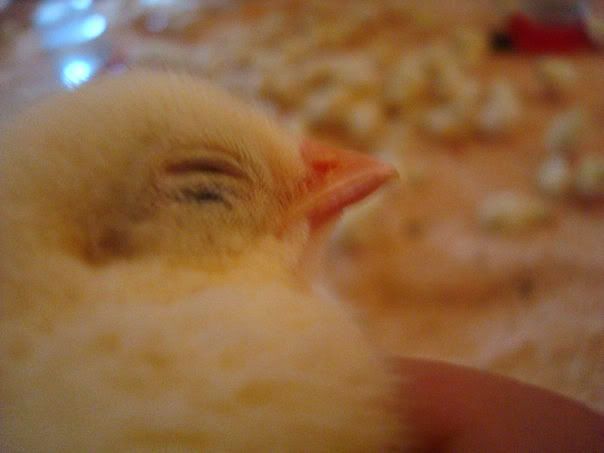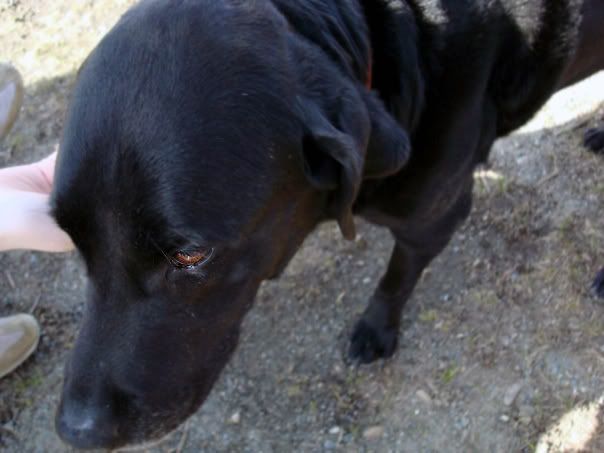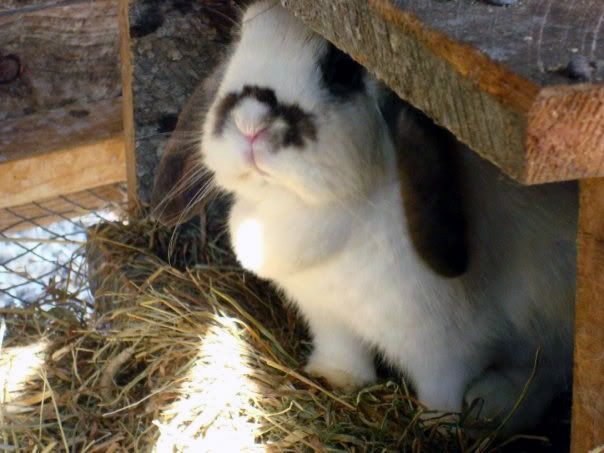The professor advises the college students to not post pictures of the field trip on Facebook.com as people can construe the pictures as animal cruelty. It was in the afternoon when a group of animal science majors headed down to the Hadley Barn to participate in pig castrations. It is best to castrate the male piglets at a young age or else it would be hard handling a 200 pound swine. When the day was over and the students went back home, it troubled me how people could make a simple medical procedure seem like animal cruelty. What kind of animal rights group would get involved? Are there differences that separate those groups? The answer is yes. The Animal Welfare group and Animal Rights group both care for animals but they differ in how animals are used.
People referring to Animal Welfare and Animal Rights group often time use these names interchangeably even thought these groups have different philosophies, I can see how they can help society raise concern for animal awareness but they can also be an annoyance by restricting people, like myself, from posting animal pictures online.
The two words that differentiate the animal protest groups are “Welfare” and “Rights.” The mission statement for Animal Welfare groups is “to prevent suffering and cruelty to animals.” The word welfare, in Animal Welfare, means the “well-being, happiness of a person or organization” combined with the word animal means that members of Animal Welfare are concerned with the “prosperity and happiness” of animals. Animal Welfare groups believe in people caring for animals and having them as pets. On the other hand, Animal Rights’ groups wants to “to end all human ‘exploitation’ of animals.” The “Right” or “that which is consonant with equity,” as defined by the Oxford English dictionary, means that Animal Rights group considers the lives of every living animal to be their equals. This means that animals should not be used for food but it also means that animals cannot be used as pets. The main difference in philosophy with these two groups is that Animal Rights’ groups do not permit anyone from owning pets, while Animal Welfare is concerned with the animal’s health and prosperity.
The oldest and widely known group associated with Animal Right is PETA, People for the Ethical Treatment of Animals, which was established in 1980 by Alex Pacheco, and Ingrid Newkirk. Currently, PETA has made a request to Ben and Jerry's that they switch over from cow milk to human breast milk. I found this request grotesque because humans have been weaned off of milk at a young age and to return to breast milk for consumption just doesn’t settle right in my mind. However, PETA has also urged Vermont school children to not drink milk, and advised teachers to tear down “got milk” posters. The Daily News reported that PETA protesters have scared off children from drinking milk by passing out trading cards implying that milk drinkers will suffer, “dreaded afflictions [of] a face full of pimples, stomach gaseousness or obesity if they consume milk” (Mahoney, 2000). I point these events out to show how PETA can pressure in groups of people by using tactics that are extremely radical.
The American Society for the Prevention of Cruelty to Animals, ASPCA, is Animal Welfare’s longest established group since 1866 by Henry Bergh. Recently the ASPCA has filed a lawsuit against the Ringling Brothers and Barnum & Bailey circus. The claim ASPCA made was the circus did not provide sufficient sanitary living conditions for the elephants and reported that “with special clubs or “bull hooks”,” (Stout, 2009) has injured the elephants. The ASPCA has tarnished this circus’s name, by filing this lawsuit for animal cruelty. This claim is probably construed and misinterpreted, I say, because this circus has been running since 1884 and within the 125 years they have probably created guidelines as to how to handle their animals. It is not just guidelines that add to my belief the ASPCA misunderstood the situation, but the fact that purchasing, owning, and the up keeping of an elephant is expensive and if their investments were to be damaged the circus would lose out financially. Although I do admit I am not qualified enough to understand the physiology of an elephant, I do understand, as an animal science major, that medical expenses for a veterinarian specializing in elephants can be costly. The point I want to make is that the circus faces Animal Welfare groups such as the ASPCA, and it this makes it time consuming when lawsuits are being thrown around because of how the truth can be misunderstood.
When I post pictures online, which I believe are safe, I am hesitant sometimes because of how my pictures might be construed as animal endangerment. I want people to enjoy the photos I take, and not interpret them as human cruelty to animals. I understand the purpose of Animal Rights group and Animal Welfare groups as organizations trying to raise awareness of animal but sometimes these groups misinterpret the situation and make a mountain out of a mole hill.
References: - People for the Ethical Treatment of Animals
- The American Society for the Prevention of Cruelty to Animals
- Newman, Chris., “Animal Rights & the future of the Pet Industry” Nov. 13,
- Stout, David., “Suit Challenges Image of Circus Elephants as Willing Performers” Jan. 31, 2009
- New York Times Co.
- Sethna, Zahra., “Stick With Chunky Monkey” Sept. 24, 2008. New York Times Co.,
- Mahoney, Joe,. “PETA: DRINK MILK AND YOU'RE TOAST” Nov. 28, 2000. Daily News
- Arnold, Ron,. “Animal Welfare vs. Animal Rights” 1998. Furcommission.com
- “Know the Difference”





























